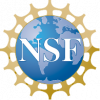STUDENT WORK


Originality, Problem-Solving, & Collaboration
As you implement the IDEAS Maker Program with your students, prepare to be delighted by the projects they create. The activities in both curricula are designed to encourage problem-solving and collaboration among students, but the originality of some of their work is a bonus. Here we present some examples, which can also serve as inspiration for your own student makers.
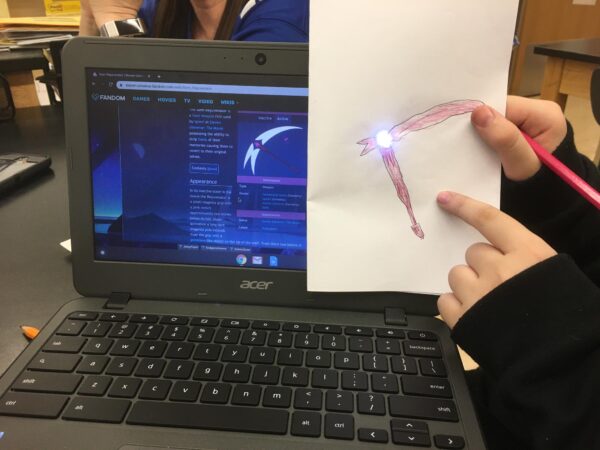
Circuits
IDEAS curricula introduce students to paper circuits. Using copper tape, batteries, and LEDs, the possibilities are endless. From re-creating magical objects from favorite movies to designing cards and signs to fabricating items to populate imagined worlds, including light in a creation is admittedly one of the most challenging activities in the curricula and always brings tremendous satisfaction when makers’ see their ideas illuminate.
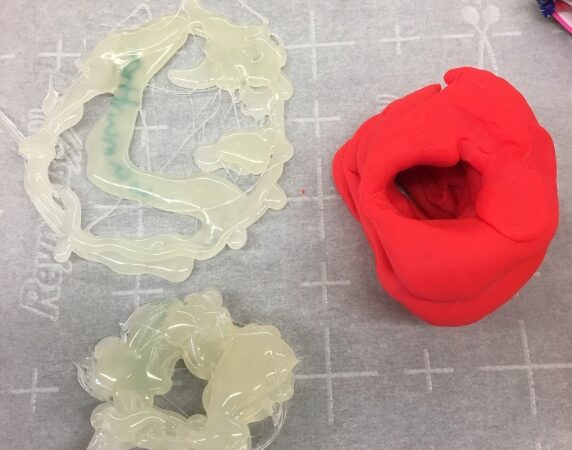
3D Printing
The Original IDEAS curriculum, well-suited for middle school-aged students, introduces kids to 3D printing through kinesthetic layering activities that builds understanding about how 3D printing works. Starting with Play-Doh, moving on to cutting layers of foam or cardboard, and ending with layering hot glue, students eventually use software called Tinkercad to design, and then print, 3D objects, taking into account surface area, object orientation, and overhang.
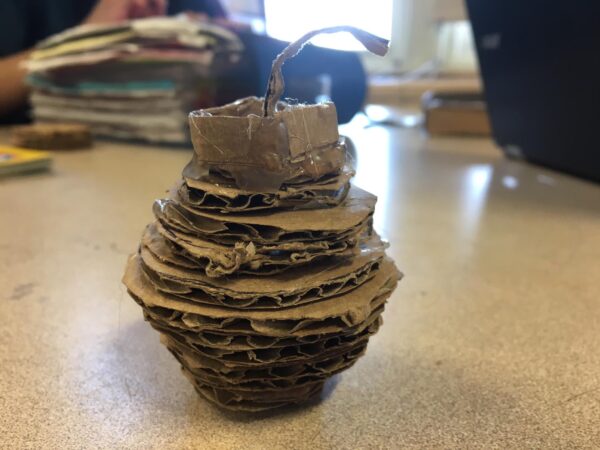
Cardboard
Learning how to manipulate cardboard, especially scoring, goes a long way, giving makers the power to create strong shapes with clean lines. And cardboard is one of those workhorse materials that is in abundant supply, ready for collection and does not require spending a penny. Put out a call for cardboard donations to families or colleagues and before you know it, you’ll have a huge supply of cereal, shoe, and pasta boxes. Take a walk to your community’s recycling bins and you can likely score some great BIG boxes. Even hitting a local grocery store or shop and asking for discarded shipping boxes can maintain maker club stock.
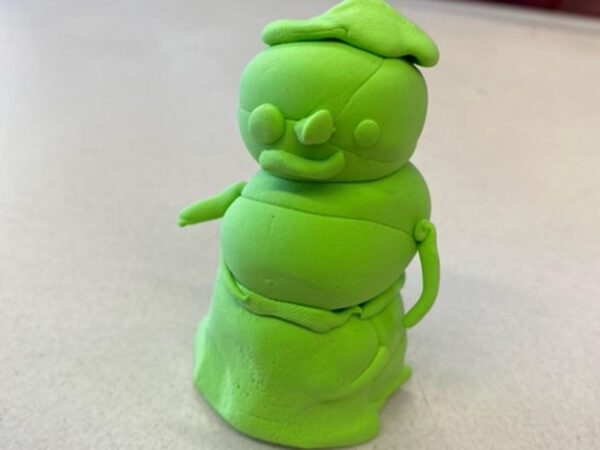
Clay
Clay is a great material for makers of all ages. It’s forgiving, easy to manipulate and many makers love how it feels in their hands.
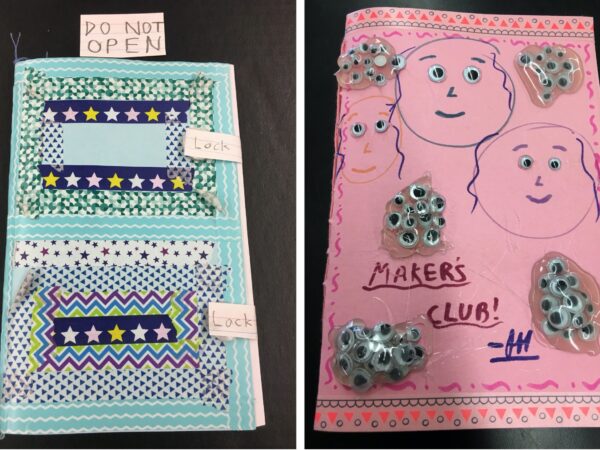
Student Journals
Journal making is a great way to introduce some key making tools (rulers, hammers, nails, scissors, sewing needles, and thread) but doing this activity early on in a maker program gives learners a landing place for burgeoning ideas and record keeping right off the bat. The IDEAS curricula provide instructions for both a sewn binding and a wrapped binding, providing different pathways to journal making.
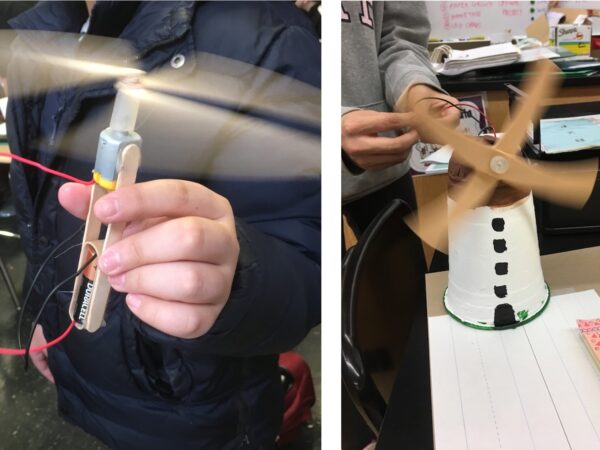
Motors
Motors come in endless shapes and sizes, each bringing its own set of possibilities to maker creations. Experimenting with how motors work and adding movement to creations is a great way to level-up one’s skill and push one’s creativity.

Paper
Paper is a fantastic making material because it is familiar, is not hard to come by, and can be endlessly manipulated with or without tools or having specific paper craft skills.
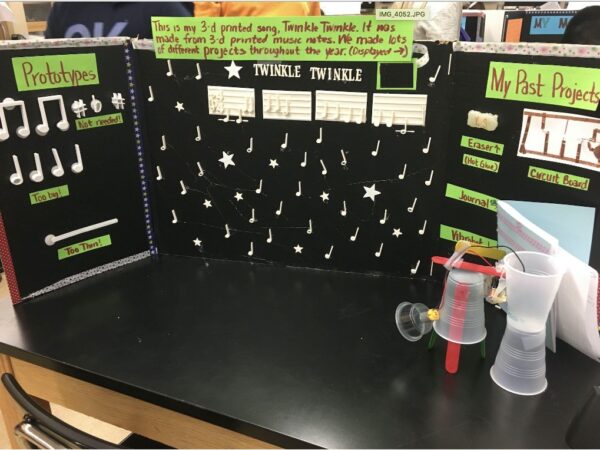
Final Projects
Both IDEAS curricula culminate with a showcase where students share their projects with the community. In addition to projects, the original curriculum asks makers to create a board to include with artifacts, naming the activities and materials they used for each and reflecting on their making process.



